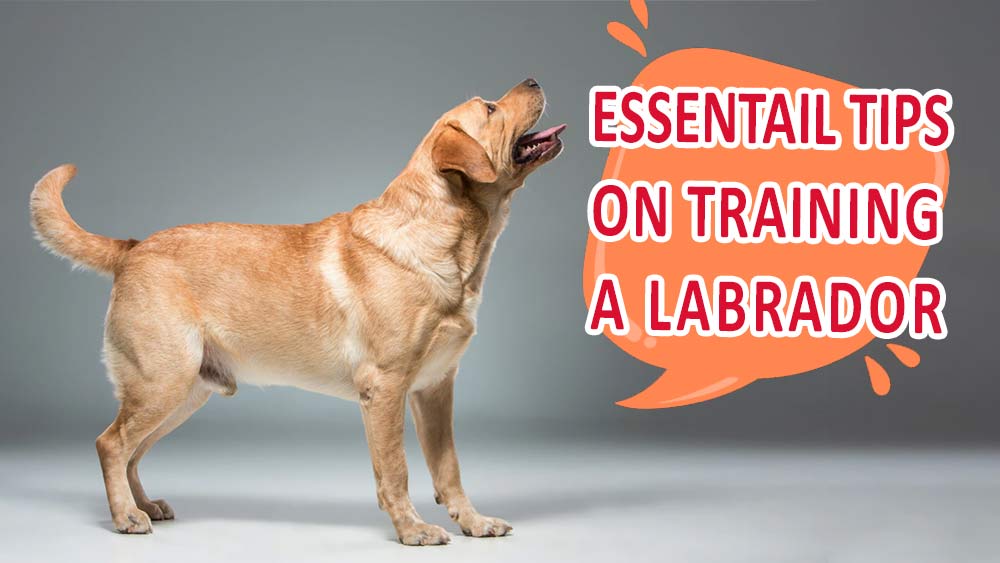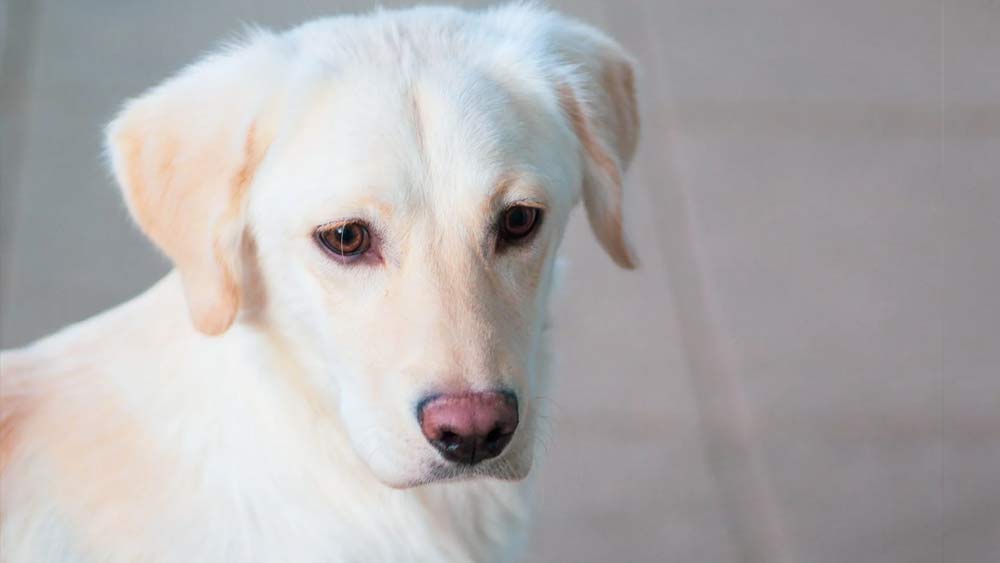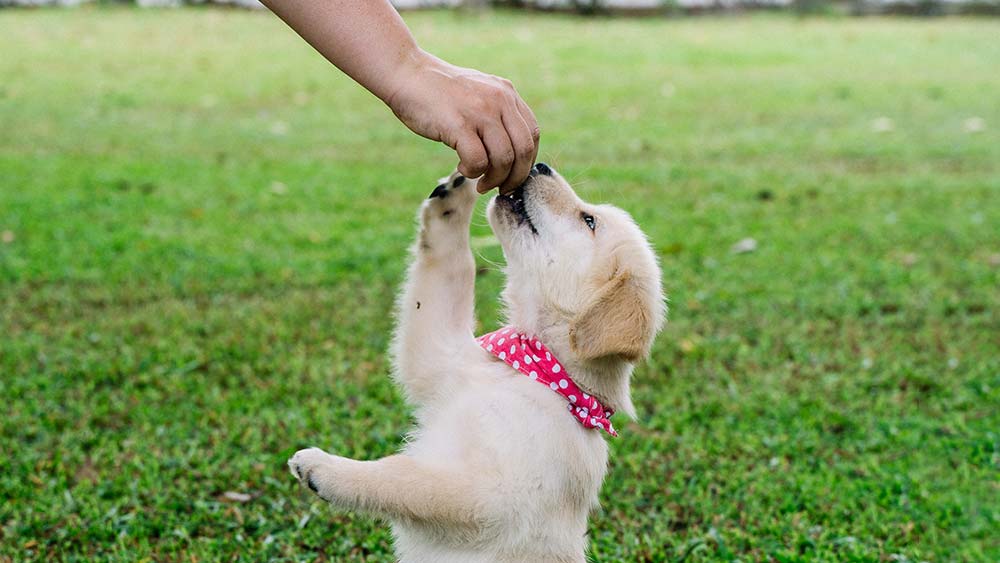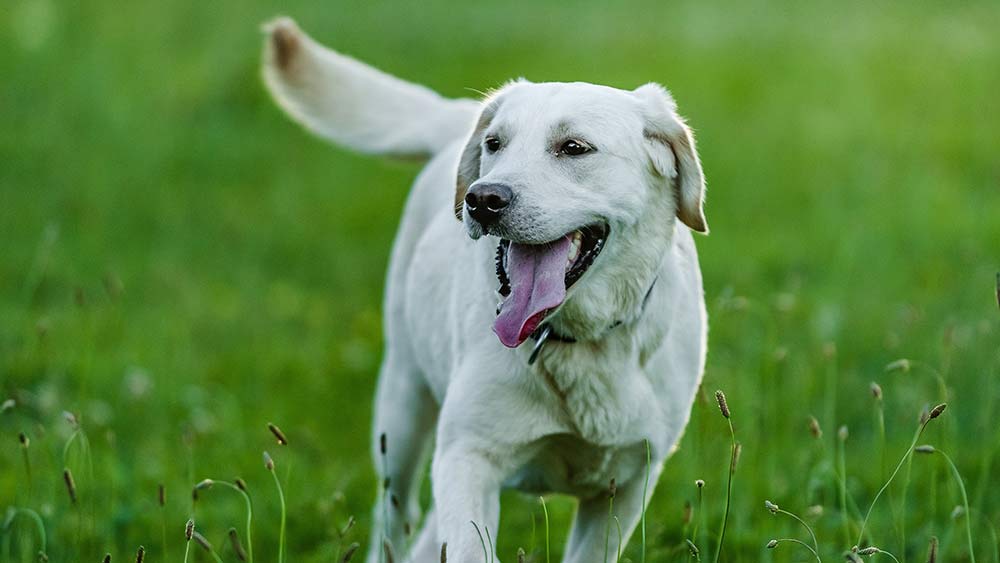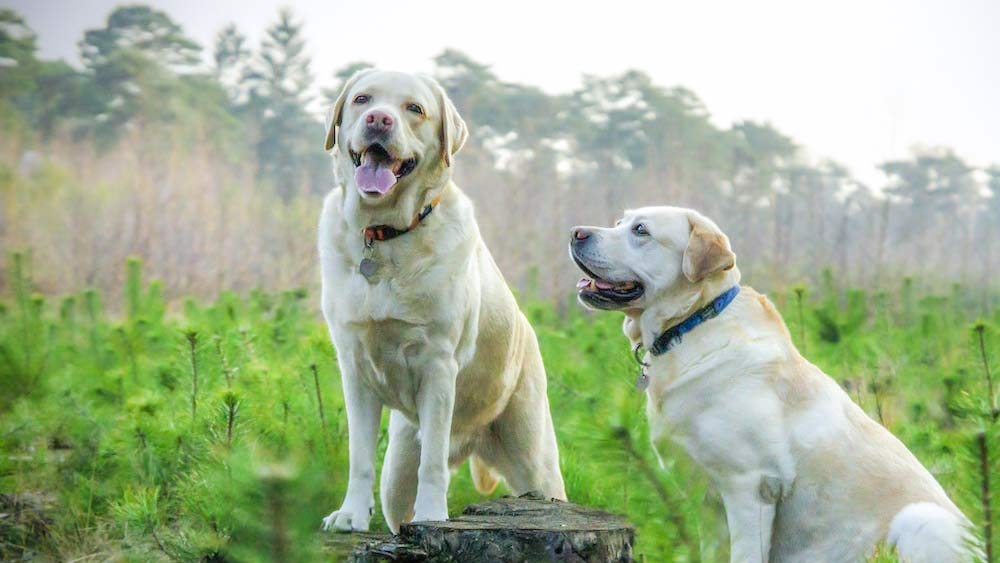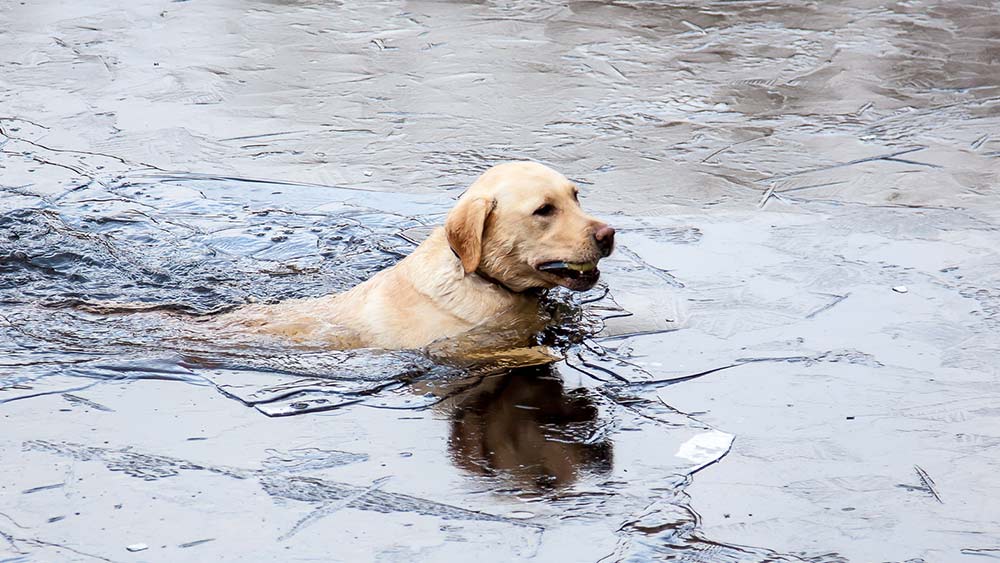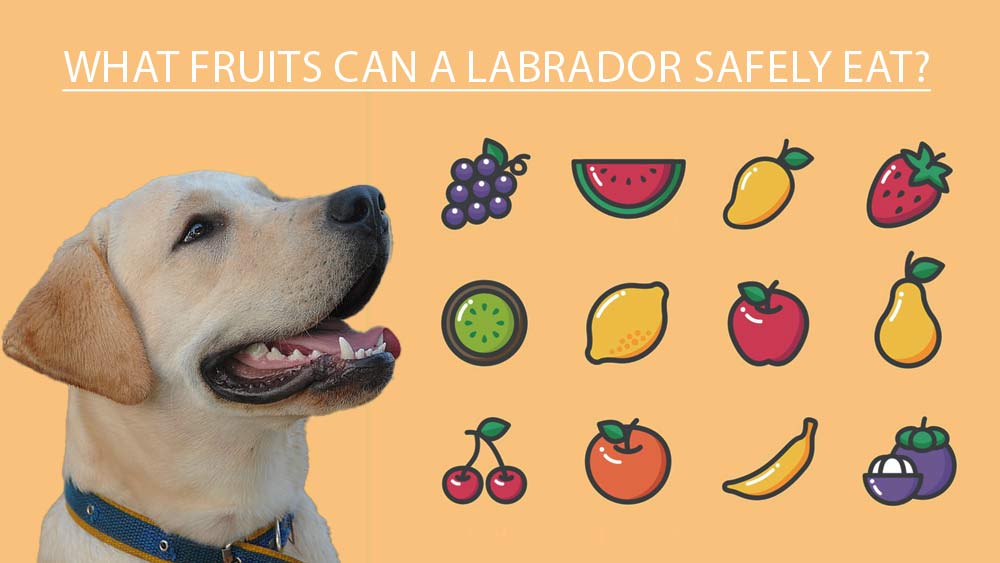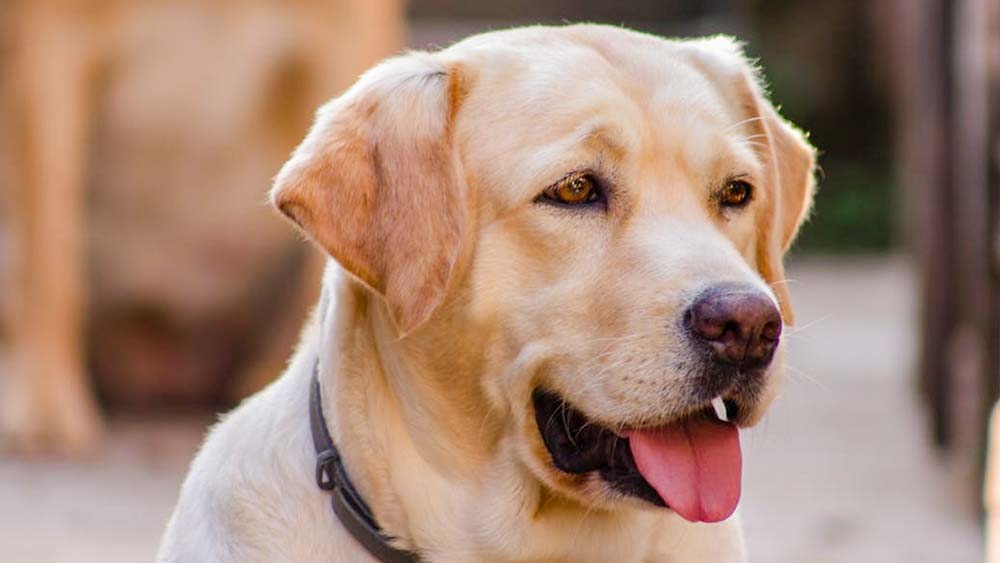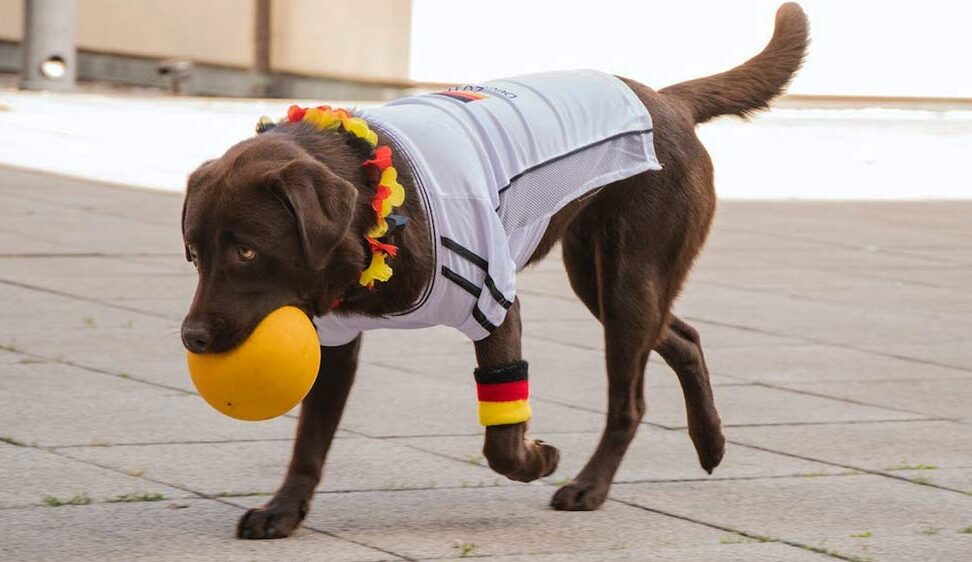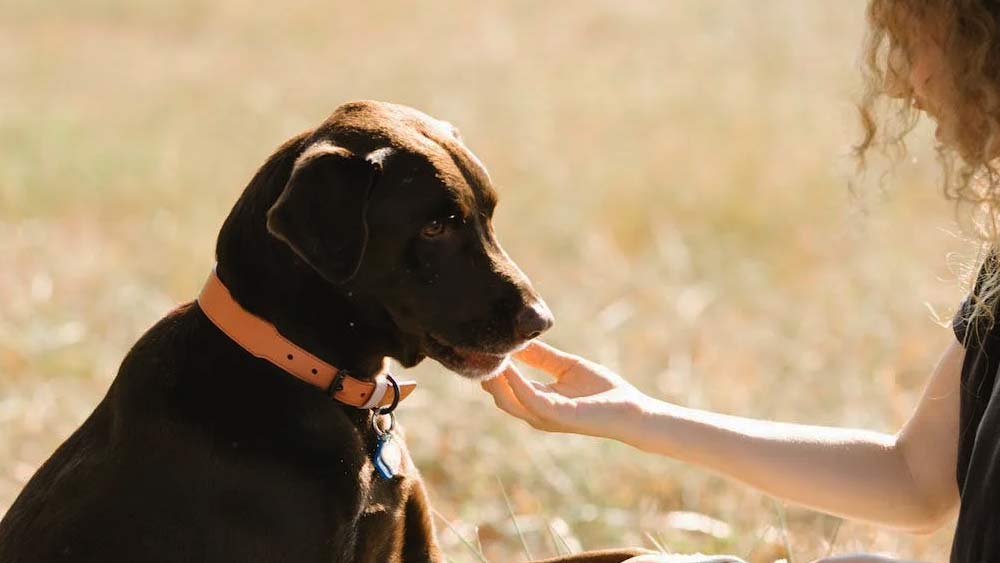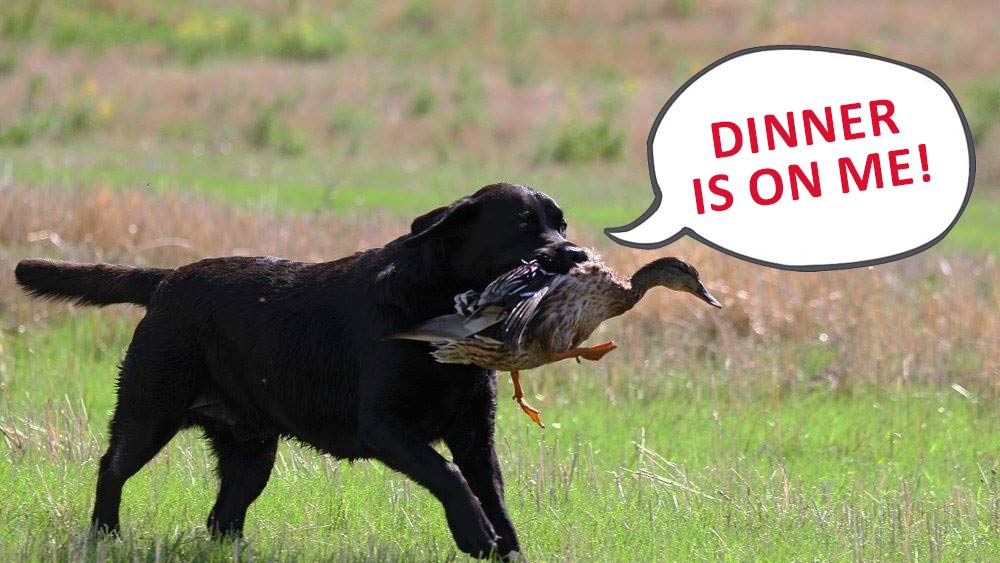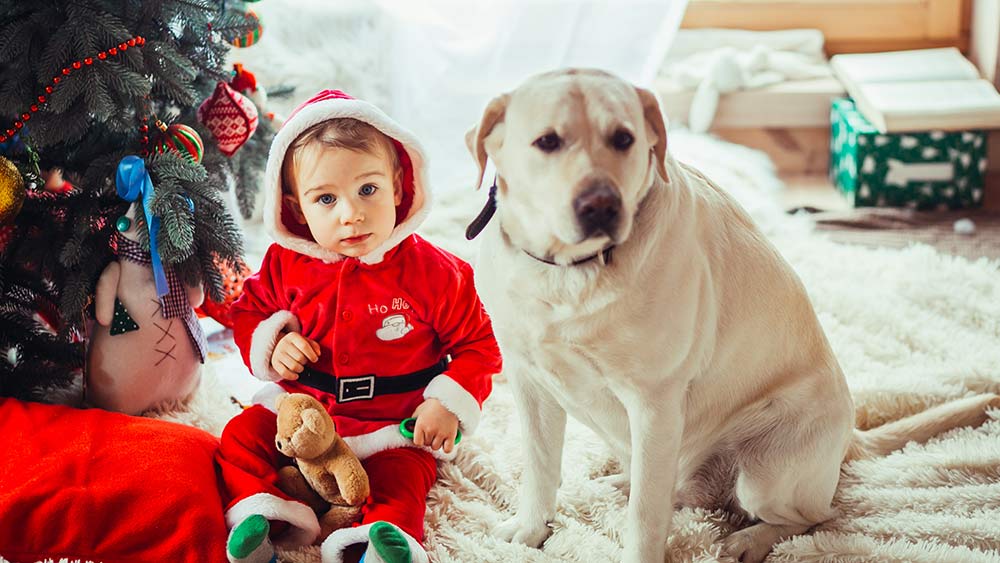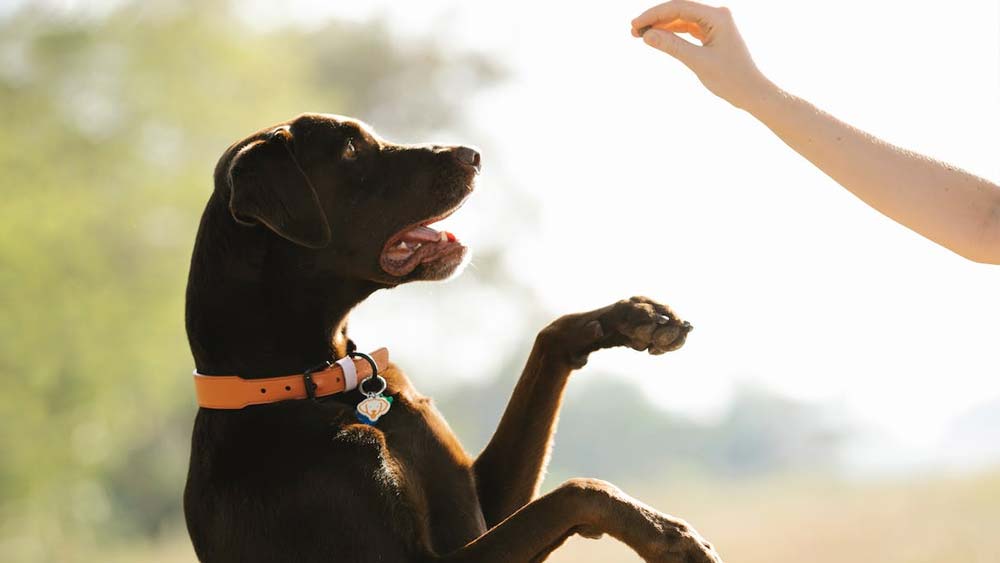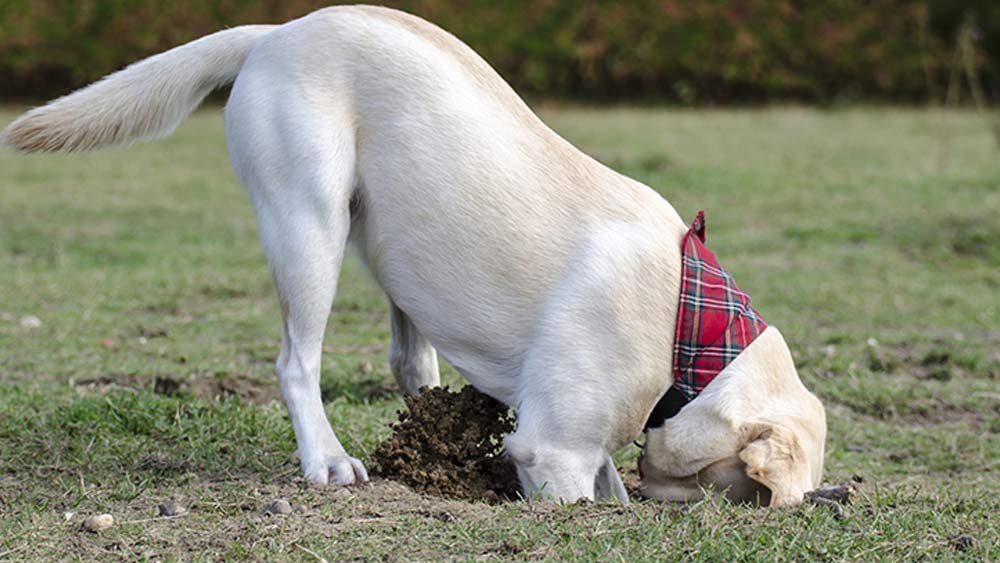Labrador retriever is a very capable and popular breed. This pet is a charming, extraordinary companion with unique characteristics. Characteristics such as intelligence, trainability, adaptability, trust in people, endurance, a strong sense of smell, and motivation to work are distinguishing features of the Labrador.
These features have made this dog capable of working in many jobs such as rescue, military, medical, services for the disabled, and haunting. Training a Labrador Retriever should be fun and challenging. If your dog is young and robust, targeted training will be essential.
This dog is very interested in making people happy, thus making it easier for him to be accepted by human society. His motivation, energy, and enthusiasm have made Labrador a perfect partner for walking, sports, and recreation. His kindness and boundless affection have made this beautiful dog a popular pet.
What should you do if you are planning to get a lab?
Labrador training is essential. You should know many things before adding a Labrador to your home. An untrained labrador may behave destructively and get out of control. Common behaviors such as throwing objects, stealing food, biting, aggressive behavior, and endless excitement indicate that the dog is not trained. Early intervention can ensure that these traits do not develop. Socialization is the essential principle in Labrador training.
Make sure your puppy experiences everything in a safe way. While a dog is less than 12 months old, exploring people, other animals, and all kinds of places and identifying emotions is very challenging. The curiosity of puppies makes them eager to discover new things. Self-control is another skill that needs to be taught to the dog. Using different games and putting him in real-life situations will help him. Labradors should be taught how to greet people and other dogs, politely walk through the door and wait for the food bowl to be ready. These skills require mental focus and self-control.
How to train your Labrador retriever?
Dog training takes time and must be done regularly. You should make training sessions a daily habit and stick to them. Creating valuable behavior is hard, but it will be harder to break it. You should start training when you are highly motivated. Because building good habits requires much motivation. Reward your dog after each training session. After each exercise, spend 5 minutes doing something your Labrador enjoys.
1. Start the work
Make a deep connection between dog training sessions and your daily tasks. First, training sessions should be short. Creating good habits should be your priority. You need 30 to 60 days of daily practice to develop good behavior. 5 to 10 minutes of training after finishing daily work will have excellent results. If you are sure that a positive habit has been created, you can take a break between sessions. On the contrary, if needed, you should increase the training sessions. Brief training is vital in developing positive habits in the Labrador Retriever.
Read More: How much exercise do Labradors need? (0 to 100 explained)
2. Choose suitable rewards
Choosing the right time to learn skills is very important. Without a doubt, your dog’s abilities will improve with timed training. The factors that affect the choice of teaching method are:
- Hunger
- distraction
- preference
Read More: 19 Ways to Encourage Good Behavior in Your Puppy
These factors are complementary and opposite. For example, if your dog likes grilled chicken, grilled chicken is the best reward to reduce his distraction. At this stage, unusual foods help improve training. But don’t forget that we don’t want to starve the dogs; if distractions increase, you should replace them with more practical and valuable methods.
3. Using the event marker
An event marker is a practical tool for training Labrador retrievers. Rewarding the dog at the wrong time will reinforce his destructive behaviors. The event marker prevents this problem from occurring. The event marker helps the dog know what you have rewarded him for by making a distinctive sound. Using this tool is a crucial skill. This sign does not exist naturally, and you must improve your timing and coordination to use it. Do not use the marker until you have seen a change in the dog’s behavior or competence level. You can see your dog’s progress after the preliminary training.
Read More: 15 Tips For Hosting a Dog-Friendly Event
4. First teach the easy tasks
The training program should start with easy tasks. Most people don’t succeed with this because they don’t know what is hard for a dog to do. Most people think the dog is naughty if he does not obey your command to sit in the park. You should know it is difficult for an energetic dog to sit still. Prioritizing easy tasks may shorten the training program, and the desired results can be achieved after a few training sessions.
Read More: Potty Train Your Labrador: 10-Step Guide
5. Choosing the right goals
In modern Labrador Retriever training methods, we focus on teaching good behaviors rather than destructive behaviors. This step teaches the dog to sit instead of jumping up. This way is easy and logical. Because different behaviors indicate a bad dog, but there is only one way to raise a good dog. To teach any behavior, you have to simplify the work for yourself; First, what is the purpose of teaching this behavior? Then, decide what your dog should and should not do.
6. Sandwiching hard stuff
Sandwiching play a crucial role in dog training. We like events to happen in a certain period. Sandwiching the hard work will help boost your Labrador’s confidence. Challenge your dog by doing more stretching tasks. For example, if the Labrador sat 10 meters away from the dog for 10 seconds yesterday, increase the training time to 15 seconds today. Sandwiching tasks help the dog successfully start and finish activities efficiently.
7. Avoid punishing the dog
Punishing a dog, even mild punishment, interferes with his mental state, confidence, and learning capabilities. This causes the dog to shut down and lose its ability to learn. Punishment makes dogs stubborn, and increasingly severe punishments are necessary to achieve the same results. Also, punishment reduces your ability to train the dog to reinforce positive behaviors. As a result, the likelihood of resorting to punishment in the future will increase. All types of punishment increase the risk of the dog becoming aggressive. if you want your lab to know that it has done something wrong, You don’t have to hit or scare the dog to punish him. punishment comes in different forms and some can lead to good results if you do it properly and with patience.
8. Work for food
Teach your dog to work for food. There are many ways to reward a dog, such as treats, games, etc. But, the use of food is supremely useful in early training. Food and reward should be proportional to the dog’s training. Training to work for food is the perfect opportunity to communicate better and become intimate with the Labrador.
9. Managing the dog`s behavior outdoors
Controlling dogs outside the home is a relatively big problem. some dogs walk easily without intervention from their owner. But, most young dogs need to be managed and mentored. Some everyday activities of a young Labrador, such as chasing wild animals and harassing others, can cause serious problems outside the home. Dog management means engaging him in games or different activities at regular intervals. This method helps to keep the dog focused while walking.
10. The recall challenge test
The call is so essential. You can test your dog’s recall with tasty treats. Put some delicious food in a bowl and let the dog see what food is in the bowl. But don’t give him the food. Then, place the bowl on a high surface where the dog can see it. Go to the other side of the room and use the call. If the dog runs towards you and turns back to the food, his reaction is excellent. Give him a piece of food in the bowl as a reward.
If during recall training, your labrador retriever learns that he won’t let go of the food dish and jumps up and down, you need to teach him that you are the provider of goodies. Repeat the call and wait for Labrador to come to you. Immediately give him a piece of food from the bowl. Repeat this process and finally feed him. Allow enough time to expand the concept of the call. You can also do this test outside the home.
11. Use of a training guide
We cannot continue the Labrador Retriever training stage without using a guide. The guide should teach us enough information about the reward system and controlling the mischief and distraction of the dog. A training guide is a friend who helps us train a distracted dog by choosing the proper reward. In the training program, you must determine the range of the dog’s movement by drawing a line. Your dog must learn to keep his distance from animals and people at the beach, park, or sidewalk and to know that all your commands apply in these situations. In addition to teaching the previous tips, the training guide will help you teach your dog self-control.
12. Planning for problems
This section is about predicting possible problems in the dog training process. There is a possibility of a problem. Suppose you are resting or working in your home or farm, what should you do if your dog prevents you from resting or disturbs your work by barking or being naughty? It is better to think about this issue and find a solution. It is worth noting that the use of appropriate reward and conditioning of the dog is the best option for training him.
13. Drop standards
How can it be wise to ignore standards in the Labrador training process? It means to distance yourself a little from your ideals. It is better to withdraw from your positions. You abandon your standards when you train your puppy with the most complex challenges. For example, you want your dog to stay in place while walking. If you have already taught your dog to sit next to you, you should add spacing to the training course. When you walk away from the dog, it is difficult for him to sit still. In these cases, you should forget your standard and set a short time for this interval, then increase the time to achieve your main goal. Gradually increasing the time and distance will teach your dog how to react when you are away.
14. Finding a skilled and positive trainer
You may be able to train your dog without attending training courses or using a trainer. But this path is so complex and complicated. We recommend that you use the experience and skills of a positive trainer to train your Labrador Retriever. If you don’t have enough budget for this, participating in online courses and gathering information is very useful and practical.
15. Practice and don’t give up
Dogs only learn by accepting the consequences of their behavior. Therefore, repetition of training and experience is necessary for training dogs. Sometimes we forget that dogs need practice and repetition. Performing good behavior depends on recalling and simulating movement in the real world. Simulating the Labrador’s behavior at home and on the street so that he learns what to do in each situation. Don’t give up because Labradors are challenging to train. You should enjoy training your dog and find these exercises fun and engaging. Use the correct method. Studying textbooks will be very useful.
Conclusion
Labrador is a popular and energetic breed. Because of this, training a Labrador Retriever is complicated. If you don’t know enough about puppy training, you should get help from a qualified trainer. Choosing the target, using the proper reward, recalling, meeting personal standards, avoiding punishing the dog, and using the right rewards are the main factors for training robust and young dogs.
Please share your thoughts on Labrador Retriever training with us.
Read More: Aggressive Behavior in Labradors: Causes & Solutions
Read More: Are Labradors Protective of Their Families? Explained!
Read More: Are Labradors Good with Children? (0 to 100 explained)
Read More: Can Labradors be Left Home Alone? Complete Guide

